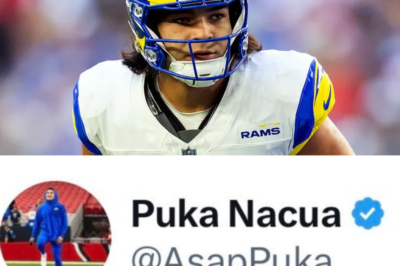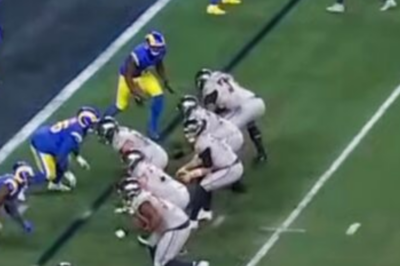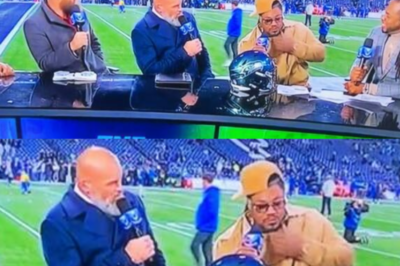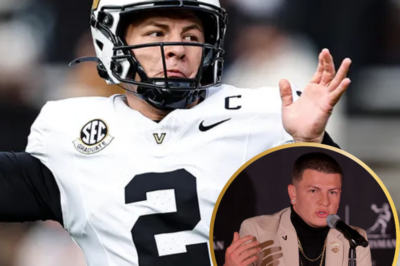The NFL just made the most controversial halftime show swap in history. Dropping global icon Bad Bunny for Kid Rock? You won’t BELIEVE the reason.
The Super Bowl is more than just a championship game; it is an annual cultural phenomenon that captivates millions of viewers worldwide.
The halftime show, in particular, has evolved into a showcase of musical talent, entertainment, and spectacle. Every year, the NFL carefully curates a lineup of performers who reflect current trends, cultural moments, and musical diversity.
Recently, a surprising development has emerged: the NFL has announced that it will replace Puerto Rican artist Bad Bunny with American musician Kid Rock for the upcoming Super Bowl halftime performance.
This decision has sparked widespread discussion, speculation, and debate among fans, critics, and industry insiders alike.
In this comprehensive article, we will explore the background of both artists, analyze the reasons behind the NFL’s decision, examine the implications for the Super Bowl’s cultural and musical landscape, and consider what this change signifies in the broader context of entertainment, politics, and American culture.
The Original Plan: Bad Bunny as the Super Bowl Halftime Performer
When the NFL announced that Bad Bunny would be headlining the 2025 Super Bowl halftime show, it marked a significant milestone.
Bad Bunny, born Benito Antonio Martínez Ocasio, has emerged as one of the most influential Latin artists globally.
His blend of reggaeton, Latin trap, and urban music has garnered a massive international following, making him a fitting choice to represent the diverse and multicultural audience of the Super Bowl.
Bad Bunny’s Rise to Prominence
Bad Bunny’s ascent to stardom has been nothing short of meteoric.
Starting from humble beginnings in Puerto Rico, he gained recognition through social media platforms and quickly became a household name with hits like “Soy Peor,” “Callaíta,” and collaborations with artists like Drake, J Balvin, and Cardi B.
His music not only dominates Latin charts but also enjoys crossover success in mainstream pop and urban markets.
Beyond music, Bad Bunny has become a cultural icon, advocating for social justice, environmental issues, and LGBTQ+ rights.
His influence extends beyond entertainment, positioning him as a figure of progressive social values.
The Significance of His Inclusion
Having Bad Bunny perform at the Super Bowl was viewed as a reflection of the NFL’s effort to embrace diversity and multiculturalism.
It also signaled a recognition of Latin music’s growing global influence. The choice was celebrated by fans worldwide and seen as a step toward more inclusive programming.
The Unexpected Shift: Kid Rock Replaces Bad Bunny
However, in a surprising turn of events, the NFL announced that Kid Rock will now be the headliner for the halftime show, replacing Bad Bunny.
This decision has raised questions and prompted widespread discussion.
Who is Kid Rock?
Kid Rock, born Robert James Ritchie, is an American musician known for his fusion of rock, rap, country, and hip-hop.
With a career spanning over three decades, Kid Rock has produced numerous hits such as “Bawitdaba,” “Cowboy,” and “All Summer Long.”
His style is characterized by rebellious attitude, blending genres, and a controversial persona that often courts media attention.
Background and Career Highlights
Kid Rock emerged from Detroit’s underground music scene in the early 1990s. His raw, gritty sound combined with provocative lyrics quickly gained a dedicated following.
Over the years, he has become a symbol of American rock ‘n’ roll rebellion, often associated with themes of freedom, individualism, and patriotism.
Controversies and Public Perception
Throughout his career, Kid Rock has been both celebrated and criticized. His outspoken political views, sometimes controversial statements, and association with certain cultural movements have made him a polarizing figure.
Nevertheless, he maintains a loyal fan base and is recognized as a significant figure in American music.
Analyzing the Decision: Why Did the NFL Replace Bad Bunny with Kid Rock?
The NFL’s decision to replace Bad Bunny with Kid Rock has not gone unnoticed. Several factors could have influenced this move, ranging from logistical considerations to cultural and political motivations.
Potential Reasons Behind the Shift
Logistical and Scheduling Conflicts
One possibility is that Bad Bunny’s schedule or commitments conflicted with the Super Bowl timeline, leading to the last-minute change.
Artists often have complex tour schedules, and unforeseen circumstances can necessitate adjustments.
Cultural and Political Considerations
Another perspective is that the NFL may have aimed to align the halftime show with a particular cultural or political message.
Kid Rock’s persona and music are often associated with patriotic themes and traditional American values, which might resonate with certain segments of the audience.
Audience Demographics and Market Strategy
The NFL might have considered the target demographics for the halftime show.
While Bad Bunny appeals to younger, multicultural audiences, Kid Rock’s fan base is rooted in a different segment of American society. The league could be aiming to appeal to a broader or different demographic.
Controversy and Public Relations
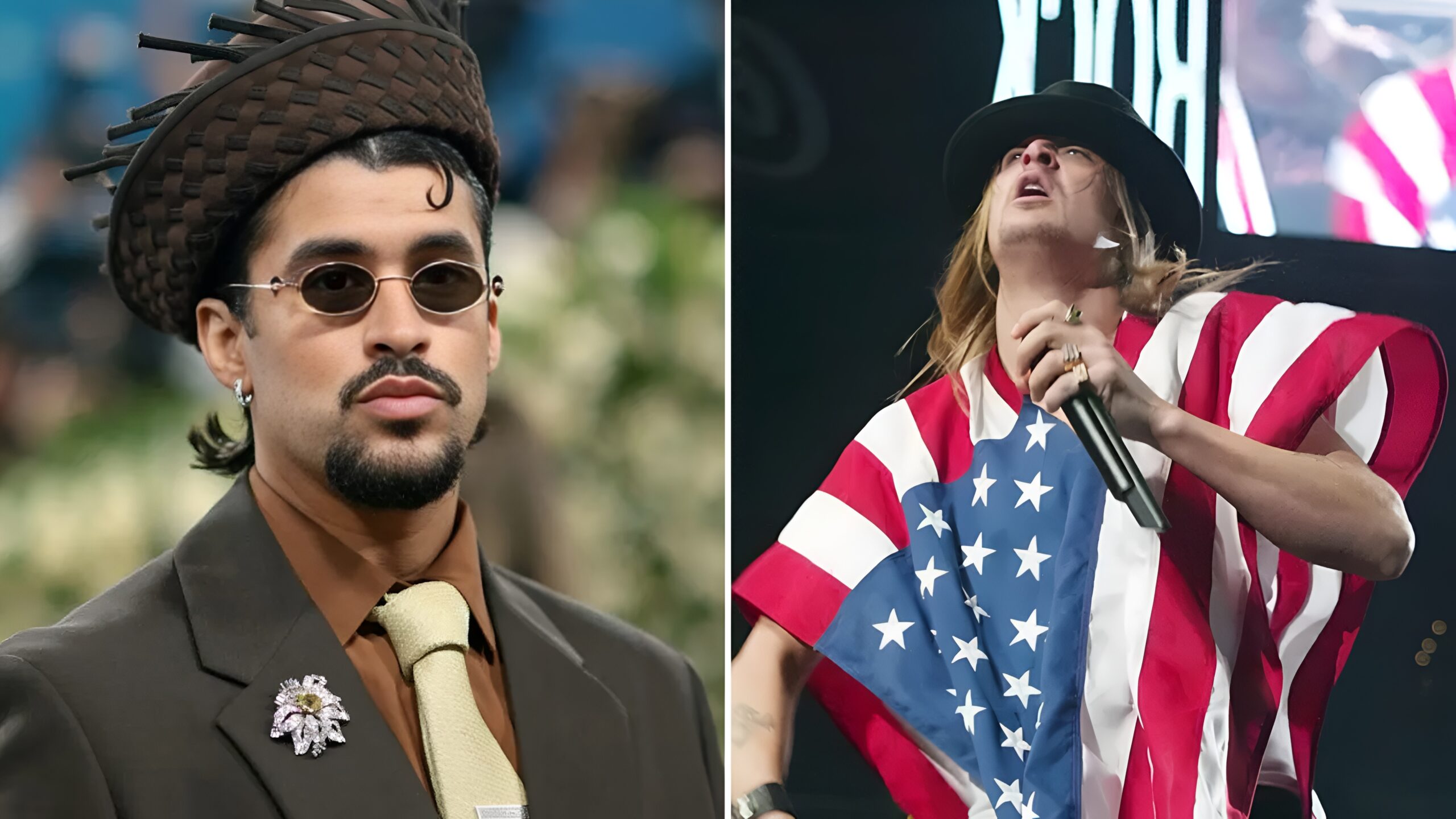
Given Kid Rock’s controversial statements and outspoken nature, the NFL’s choice might be a calculated move to generate buzz or appeal to specific voter bases or cultural groups.
Financial and Contractual Factors
Financial considerations, such as sponsorship deals or contractual obligations, could also play a role in the decision-making process.
Public Reaction and Industry Response
The announcement has elicited a wide range of reactions from fans, industry insiders, and cultural commentators.
Supporters of the Change
Some fans and commentators argue that Kid Rock’s energy and rebellious image fit the halftime show’s entertainment value.
They believe his music and persona embody the spirit of American rock ‘n’ roll and can deliver a memorable performance.
Critics and Disappointed Fans
Conversely, many fans of Bad Bunny and advocates for diversity and inclusion have expressed disappointment.
They see the change as a step back from embracing multicultural representation and modern musical trends.
Industry Experts’ Perspectives
Music industry analysts suggest that the NFL’s decision reflects broader cultural shifts and the complex interplay of entertainment, politics, and marketing.
Some speculate that the league is attempting to appeal to traditionalist audiences or avoid potential backlash associated with more progressive performers.
Cultural and Social Implications
This change in performers highlights ongoing debates about cultural representation, political symbolism, and the role of entertainment in society.
Diversity and Inclusion in the Super Bowl
The Super Bowl has historically been a platform for showcasing musical diversity.
From Michael Jackson’s iconic performance in 1993 to Beyoncé, Lady Gaga, and others, the halftime show has often reflected America’s multicultural fabric.
Replacing Bad Bunny, a prominent Latin artist, with Kid Rock, a figure associated with a different cultural and political identity, raises questions about the league’s commitment to diversity.
Political Messaging and Cultural Identity
Kid Rock’s persona often aligns with patriotic themes, which might suggest the NFL’s desire to project a certain cultural identity.
This move could be interpreted as a response to political pressures or a strategic choice to appeal to specific voter demographics.
Impact on Fans and Cultural Discourse
Fans of Latin music and supporters of inclusivity may view this change as a setback. Conversely, some segments might see it as a celebration of traditional American culture.
The debate underscores the complex dynamics of cultural representation in mainstream entertainment.
Broader Context: The NFL, Music, and American Society
The NFL’s choices for the Super Bowl halftime show are often reflective of broader societal trends and tensions.
Historical Perspective
Over the years, the NFL has navigated various cultural and political issues through its entertainment choices.
From Janet Jackson’s wardrobe malfunction in 2004 to political protests by players, the league’s decisions often mirror societal debates.
Music as a Cultural Weapon
Music has long been a tool for cultural expression, political activism, and social commentary.
The selection of performers can send powerful signals about societal values and priorities.
The Future of Super Bowl Halftime Shows
As America becomes increasingly diverse and politically polarized, the Super Bowl’s halftime show will likely continue to be a battleground for cultural representation and entertainment value.
The NFL’s choices will be scrutinized for their implications on inclusivity, social messaging, and audience engagement.
What Does This Change Mean?
The NFL’s decision to replace Bad Bunny with Kid Rock for the Super Bowl halftime show is more than a simple performer swap; it is a reflection of complex cultural, political, and entertainment dynamics.
While some see it as a move towards traditional American themes, others view it as a step away from embracing diversity and modern cultural trends.
As fans, critics, and observers analyze this shift, one thing remains clear: the Super Bowl continues to serve as a mirror of American society—its values, tensions, and evolving identities.
The upcoming performance will undoubtedly be a focal point of discussion, symbolizing broader conversations about culture, politics, and entertainment in the United States.
News
STOP whatever you’re doing. This isn’t just a highlight reel—it’s a TAKEOVER. A female QB is absolutely OBLITERATING expectations and the internet is on fire. You have to see this to believe it.
STOP whatever you’re doing. This isn’t just a highlight reel—it’s a TAKEOVER. A female QB is absolutely OBLITERATING expectations and…
The Rams’ rising star WR made a VERY NASTY ACCUSATION against the officials right after the crushing TNF loss. What did he say before it vanished?!
The Rams’ rising star WR made a VERY NASTY ACCUSATION against the officials right after the crushing TNF loss. What did he…
The Most Unbelievable NFL Two-Point Conversion in History: A Play That Will Never Be Forgotten
The Most Unbelievable NFL Two-Point Conversion in History: A Play That Will Never Be Forgotten In the high-stakes world of…
VIDEO: Prime Video was forced to BLEEP out explosive vulgar speech from Beast Mode right before Seahawks-Rams. You HAVE to hear what they cut!
VIDEO: Prime Video was forced to BLEEP out explosive vulgar speech from Beast Mode right before Seahawks-Rams. You HAVE to…
BREAKING: Collinsworth’s On-Air Breakdown After Chiefs Loss — Network Scrambles to Cut Feed. What He Whispered Next?
BREAKING: Collinsworth’s On-Air Breakdown After Chiefs Loss — Network Scrambles to Cut Feed. What He Whispered Next? In the world…
Diego Pavia lost the Heisman. Minutes later, his phone EXPLODED. See the post that has the entire college football world talking.
Diego Pavia lost the Heisman. Minutes later, his phone EXPLODED. See the post that has the entire college football world…
End of content
No more pages to load



